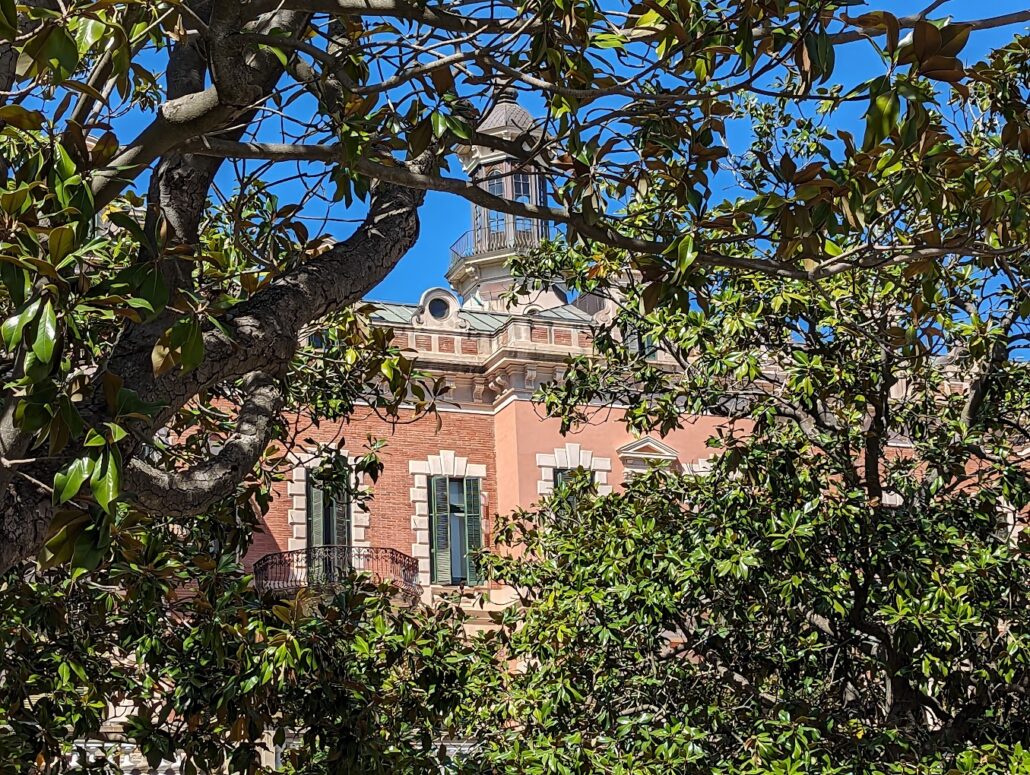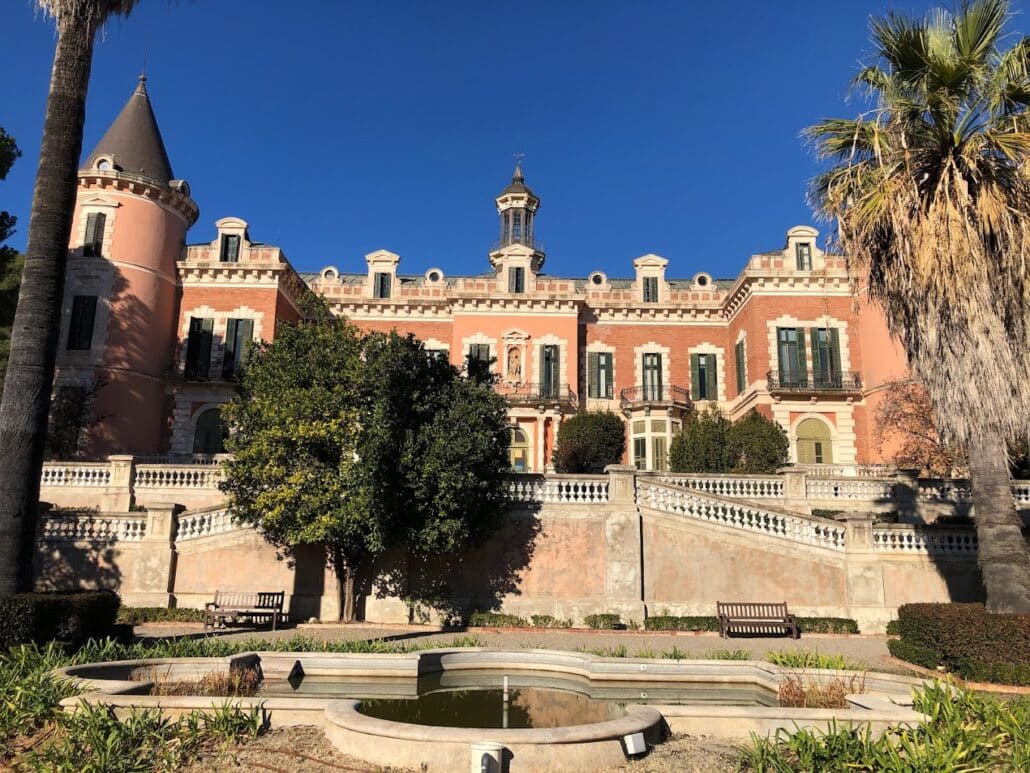In Barcelona, there is no shortage of cultural adventures. One fascinating example is the Palau de les Heures, a building steeped in history and mystery that piques the curiosity of locals and visitors alike. From its construction to its transformation into a landmark, this palace offers a captivating glimpse into Catalan history.
 A glimpse into the history of the palace
A glimpse into the history of the palace
The Palau de les Heures, located in the city of Barcelona, has a history as intriguing as its architecture. Built at the end of the 19th century, this palace was designed by the French architect *León Sagnier*. Originally, it was conceived as a rest house for Jose Gallart Forgas, a wealthy businessman who wanted a quiet retreat in the middle of nature. Gallart found in Horta-Guinardó the perfect place to erect his palace. This neighborhood, then less urbanized, offered a serene environment that provided the isolation the businessman needed. However, the history of the Palau de les Heures did not end with its use as a private residence.
 The metamorphosis of the palace
The metamorphosis of the palace
Over the years, the palace has undergone several transformations, each adding a new layer of history. During the 20th century, its role changed radically, becoming a refuge for politicians during the Spanish Civil War. This episode in its history infuses the palace with an aura of intrigue, elevating its appeal beyond its architectural splendor. The location of the Palau de les Heures allowed its strategic use as a center of operations. During the 1936 war, the structures within the grounds served as a resting place for important political figures. Rumors of secret tunnels and hidden documents persist to this day, fueling urban legends that attract the curious and urban explorers.
A well-kept secret: the gardens
It’s not just the building itself that captures the attention; the gardens of the Palau de les Heures are definitely a gem for those looking for a respite in the middle of the city. These gardens, designed in the French Renaissance style, offer a display of flora that is hard to find elsewhere in Barcelona. The design of the gardens was not random. The architects were inspired by the famous French garden style, adding a Mediterranean touch that makes them truly unique. Strolling through the paths wrapped in green and vibrant colors continues to delight those seeking a moment of tranquility within the urban bustle.
Living history: from neglect to rediscovery
The history of the Palau de les Heures was not always one of splendor. In a long period of neglect, the palace suffered deterioration. However, restoration efforts undertaken in the 1990s restored the palace to its former glory. Today, this site has become an epicenter of cultural and educational events in the city. Today, the Palau de les Heures is part of the University of Barcelona, housing the Animal Biodiversity Resource Center. Once a refuge and mystery, the building is now dedicated to knowledge and education.
Emotional connection with visitors
What makes the Palau de les Heures special is its ability to offer not only a historical site, but also a space for emotional connection. Visitors often recount personal experiences, from introspective discoveries to moments of awe at its architectural beauty.
Palazzo Mornau houses the world’s largest museum dedicated to Cannabis
Local guides share stories and anecdotes, allowing visitors to relate to the palace’s past in a personal way. This, together with the guided tours that detail every nook and cranny of the palace, ensures an enriching experience for everyone who walks through its doors. In conclusion, the Palau de les Heures is not only a building with history, but a living testimony to the cultural and socio-political evolution of Barcelona. Every brick, every floor, every room resonates with stories of yesteryear, waiting to be told and heard. It is a place where history breathes, where any visitor can feel the very soul of Barcelona with every step they take.



